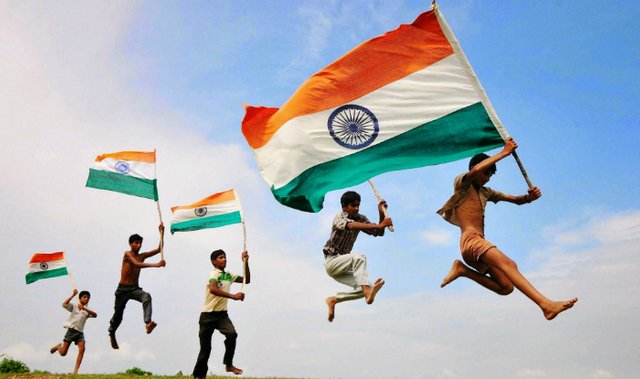India’s Freedom Struggle: Short Timeline
It's more than 7 decades now since India got independence. Every year we celebrate the independence day on 15th August. While enjoying the freedom, let us take a moment to salute the heroes of the freedom movement. Let us get a glimpse of how its all started and how to we achieved it.
We have created this post to mainly help students to remember/understand the sequence of important events in the Indian independence struggle. It can help them in essay writing or speech preparation. So, let's get started.
In 1857 first revolt started in which Mangal Pandey rose as an important figure. The uprising was suppressed by the British with brutal force. In 1885, the Indian national congress was formed.
In 1908, Khudiram bose was executed. Bal Gangadhar Tilak also known as "Lokmanya Tilak" declared "Swaraj"- Self Rule.
In 1917, Champaran (Bihar) farmers protested against raising indigo crops over barley. Champaran farmers adopted Mahatma Gandhi's satyagraha styled protest. India's first president Rajendra Prasad was involved in this.
In 1919, on orders of General Dyer, thousands of people were shot mercilessly at Jalianwala bagh. At the end of 1920, Mahatma Gandhi rose to popularity, he initiated the non-cooperation movement in 1920 which ran till 1922.
There were other groups of freedom fighters who were nonbelievers of Gandhian philosophy. In 1925, Chandra Shekhar Azad. Ram Prasad Bismil, Ashfaqullah Khan and other looted British train carrying weapons and gold. It was later used for freedom movement. In 1928, Bhagat Singh and others assassinated Saunders. Later he with Batukeshwar Dutt threw a bomb at the central legislative assembly. They were caught after this, on 23 March 1931, Bhagat Singh, Rajguru and Sukhdev were hanged.
In 1930, Mahatma Gandhi marched to Dandi village with thousands of supporters to protect against taxes on salt. In same year Civil Disobedience Movement started. These events forced British govement to negotiations in the form of round table conferences.
In 1935, the Government of India Act came into effect. At the time it was one of the longest act in the world. It was passed in British Assembly in London.
England was badly hurt by second world war. During the same time, the Indian freedom movement took a stern position and demanded: "Complete Independence" (Purna Swaraj). Mahatma Gandhi raised the slogan "Do or Die" (Karo ya Maro).
Same time Subhash Chandra Bose with Indian National Army and the help of Japan attacked British commonwealth forces in southeast Asia. He was planning to attack British forces in mainland India. But after defeat in world war 2, japan withdrew support to INA and Netaji's efforts were weakened in the east.
In 1947, lord Mountbatten devised an act which partitioned British India into India and Pakistan. Borders were drawn and millions of people from both sides were killed in the migration.
Finally with all these sacrifices, on 15th August 1947, India got its independence. The first prime minister of India, Jawaharlal Nehru raised the Indian national flag above Lahori Gate of the Red Fortin Delhi.
You can also follow given links to check an essay and speech on independence day
